
Nikon 35mm f/1.8G ED Lens Review
A pro photographer's review of the Nikon 35mm 1.8 G ED lens. Is it a good alternative to the more expensive f/1.4 version? Read this review to find out.
This is a professional photographer’s review of the Nikon 35mm f/1.8 G ED lens. Whilst it’s not a super-technical, ‘shoot brick walls’ review, I do hope to show you that for both amateur and professional use in a variety of situations, you don’t always need to have the most expensive lens on your camera.

Exellent value for money lightweight prime lens that delivers sharp, contrasty images, blurring the background beautifully.
I’m a big fan of the 35mm focal length. The field of view is extremely versatile, allowing ‘enough in’ to tell a good story, whilst also being perfectly comfortable for a compelling portrait.
I could shoot an entire wedding with my Nikon 35mm f/1.4G, and I know many other photographers feel the same.
This review is of the Nikon 35mm f/1.8G ED – a 35mm lens for full frame Nikon cameras which is almost one third the price of its big brother the f/1.4G.
I used my Nikon 35mm 1.8 all summer for a range of professional jobs as well as for personal use. To illustrate the performance of this lens, I’ve included some of the images I took with this lens and my Nikon D750 below.
All the images have been edited in my usual way – bumped contrast and blacks, a touch of vibrance and sharpened for web.
Features & Specs
- Quick and quiet autofocus
- Lightweight with superb ergonomics
- Excellent sharpness
- Good value for money
- Plastic filter thread can wear
- No image stabilization
- Nikon Silent Wave Motor (SWM) enables fast, accurate and quiet autofocus.
- Extra-low Dispersion (ED) element offers superior sharpness and colour correction by effectively minimizing chromatic aberration.
- Aspherical lens element virtually eliminates coma and other types of aberration, even when shooting at the widest available aperture.
- M/A focus mode switch enables quick changes between manual and autofocus operation.
- Rear Focus (RF) provides smooth and fast autofocus while eliminating front barrel rotation and lens length changes.
- Nikon Super Integrated Coating (SIC) enhances light transmission efficiency and offers superior colour consistency and reduced flare.
- Mount Type: Nikon F-Bayonet
- Focal Length: 35mm
- Maximum Aperture: f/1.8
- Minimum Aperture: f/16
- Format: FX/35mm
- Maximum Angle of View (DX-format): 44°
- Maximum Angle of View (FX-format): 63°
- Maximum Reproduction Ratio: 0.24x
- Lens Elements: 11
- Lens Groups: 8
- Diaphragm Blades: 7
- Super Integrated Coating: Yes
- Autofocus: Yes
- AF-S (Silent Wave Motor): Yes
- Internal Focusing: Yes
- Minimum Focus Distance: 0.82 ft. (0.25m)
- Focus Mode: Auto, Manual
- G-type: Yes
- Filter Size: 58mm
- Accepts Filter Type: Screw-on
- Dimensions (Approx.): 2.83 in. (72 mm) x 2.81 in. (71.5 mm)
- Weight (Approx.): 10.7 oz. (305 g)
Why the Nikon 35mm f/1.8?
I already own the king of 35mm Nikon lenses and am perfectly happy with it, so why did I invest in the cheaper, more plasticky Nikon 35mm 1.8 as well?
The answer is two-fold. First off, as professional photographers, we usually carry spares of every item we use on a daily basis. For wedding photography, this is a given.
Our camera bags are weighed down with spare camera bodies and flashes we’ve barely even touched, just laying there in waiting for that fateful day when something goes wrong with our main gear.

Nikon D750 + Nikon 35mm f/1.8G ED | 1/1250 @f/1.8 ISO320
The funny thing is though, I’ve yet to come across one wedding photographer who carries a second identical lens as backup.
Whilst spending thousands of dollars on the exact same piece of glass ‘just in case’ does seem ridiculous, we do it with camera bodies, so why not lenses?
I know that if my Nikon 35mm f/1.4G died during a wedding day, I’d have a hard time to complete my work with my Nikon 85mm f/1.4G! (I actually carry a cheap-but-excellent Nikon 50mm f/1.8D too, but you get my point.)
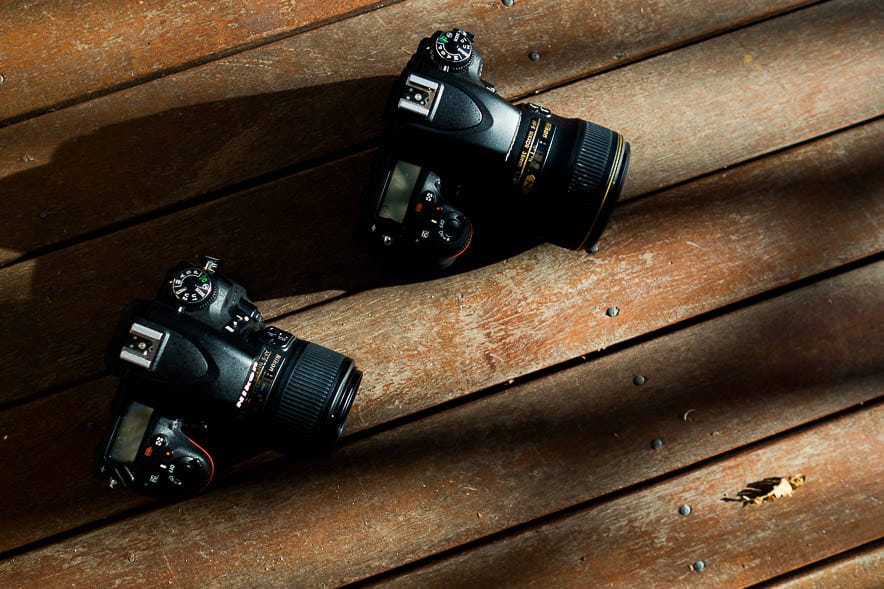
Left: Nikon D750 + Nikon 35mm 1.8 G ED | Right: Nikon D750 + Nikon 35mm 1.4 G
The Nikon 35mm f/1.8G is not only much cheaper compared to the f/1.4G, but it’s also half the weight, and smaller too.
It takes up very little space in my camera bag and adds little to its overall weight, making it the perfect backup lens for my professional work.
If you already own the Nikon 35mm f/1.4 G and thrash the crap out of it almost everyday like me, I strongly recommend you consider buying the Nikon 35mm f/1.8G ED too.
“But I hate buying gear and not using it!” I feel your pain. That brings me on to the second part of my reason for buying this lens…
Is the Nikon 35mm f/1.8 the Perfect Everyday Lens?
I’m still looking for the perfect everyday camera. I thought I’d found it in the Olympus OM-D EM-5 Mark ii, but as awesome as that little camera is, sometimes I still yearn for the flexibility of a file from a full frame camera.
I love small, lightweight setups for slinging in the bag, but when I get home and start editing, I kick myself for not being able to push the files like I could on my Nikon D750.
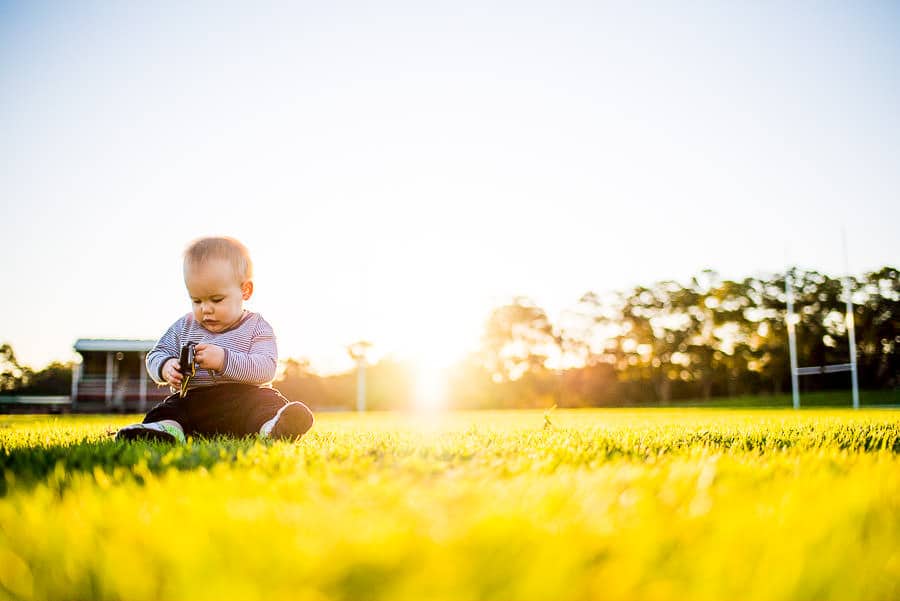
Nikon D750 + Nikon 35mm f/1.8G ED | 1/4000 @ f/1.8 ISO100
That’s why the first camera I grab when I head outdoors with my family is the Nikon D750 with a Nikon 35mm f/1.8G ED firmly attached.
This combination of pro body with the Nikon 35mm 1.8 feels great and is a nice weight, with the bulk of the camera in the body as opposed to front-heavy with the weight in the lens like it is with any bulky f/1.4 glass.
I know there are many other camera/lens combos or much smaller compact cameras that many would argue are the perfect option for everyday use.
However, I still try and force myself to take my Nikon D750 with me even though I have access to smaller, more convenient cameras.
The reason is simple. Every time I use that camera, I’m practising with the real thing. I’m using the camera I use professionally and making it as familiar as an extension of my hand.

Nikon D750 + Nikon 35mm f/1.8G ED | 1/1250 @f/1.8 ISO250
Nikon 35mm f/1.8 vs Nikon 35mm f/1.4
Whether you own the Nikon 35mm f/1.4G or not, I thought that a good place to start with this review was to put it head to head with its big brother.
I’m not trying to show you that the Nikon 35mm f/1.8G ED is better than the f/1.4 (because it isn’t), but rather, I’m trying to show you how it can easily be used professionally if need be, and why you should seriously consider buying one whether you own the f/1.4 or not.
1. Build
Let’s start with the 1.8G. In order to make a cheaper lens, there’s usually some compromise on build quality. Luckily this isn’t the case with the Nikon 35mm f/1.8G ED which features a hard plastic exterior, a metal mount and a rubber gasket which provides good sealing against dust and dirt.
The lens filter thread is plastic however, so if you change your filters frequently, there’s a small chance the thread may wear out.
If you’re a fan of manual focusing, the focus ring on the Nikon 35mm 1.8G is wide, grippy and smooth to turn. As you can see in the photo below, it’s a double the width of the 1.4.
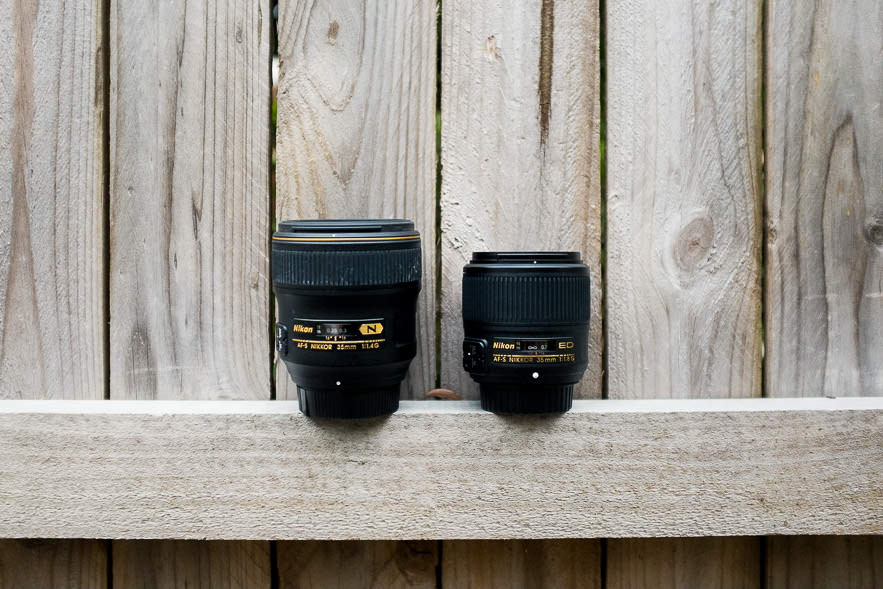
The Nikon 35mm f/1.4G on the other hand is built like a tank as you’d come to expect for Nikon’s top of the line 35mm offering. It’s weather-sealed against harsh weather conditions, and feels like it could take a hell of a lot of abuse. You can see that mine already has!
For everyday use, I’m more than happy with the build quality of the Nikon 35mm 1.8G and can see it lasting many years of consistent use.
2. Size/Weight
The Nikon 35mm 1.8G is light and compact, weighing in at only 305g. When attached to a camera body, the lens feels solid and is in my opinion the perfect size for steady camera use.
What I mean by this is if the lens is too small, there’s nowhere to support the camera easily with your left hand. If the lens protudes enough like the Nikon 35mm 1.8G, it feels comfortable to support the lens with your left hand while hand-holding the camera.
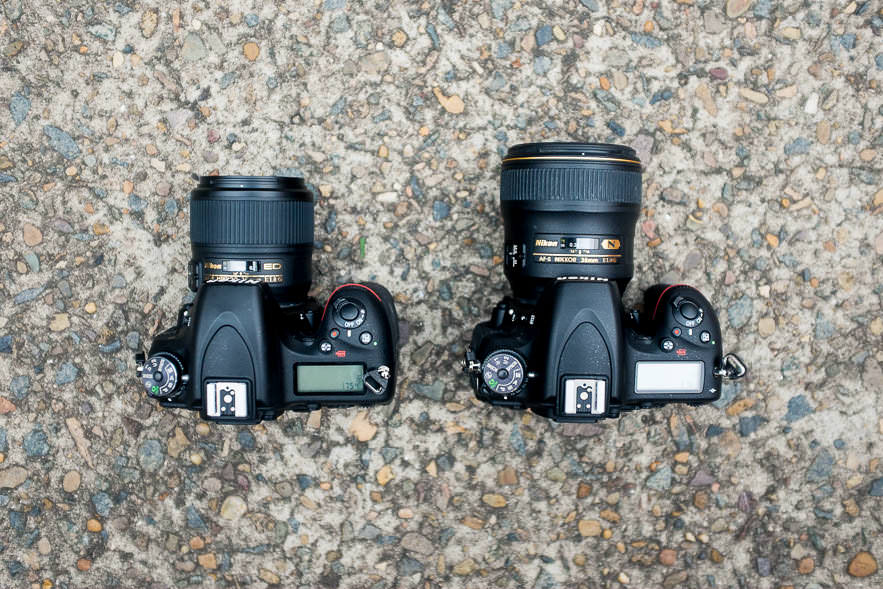
Left: Nikon D750 + Nikon 35mm 1.8 G ED | Right: Nikon D750 + Nikon 35mm 1.4 G
The Nikon 35mm f/2 for example is much smaller and doesn’t allow such easy left-handed support of the lens.
The Nikon 35mm 1.8G is in fact small and light enough for me to fit in my jacket pocket, which would be impsosible to do with the bulky Nikon 35mm f/1.4G.
The Nikon 35mm f/1.4G weighs in at 600g, almost double that of the Nikon 35mm 1.8G.
3. Image quality
Here’s where the Nikon 35mm f/1.4G steps ahead in the comparison, but as you’ll see, the Nikon 35mm 1.8G isn’t that far behind.
The Nikon 35mm 1.8G features 7 diaphragm blades, whilst the Nikon 35mm 1.4G features 9. In general, the out of focus bokeh element of a photograph will be softer and creamier (more circular) on the lens with more blades.
You can see this in the comparison below, with both photos shot at f/1.8 on both lenses – the top is the f/1.4 Nikon, and bottom the f/1.8.

Nikon D750 + Nikon 35mm f/1.4G | 1/1200 @f/1.8 ISO1600
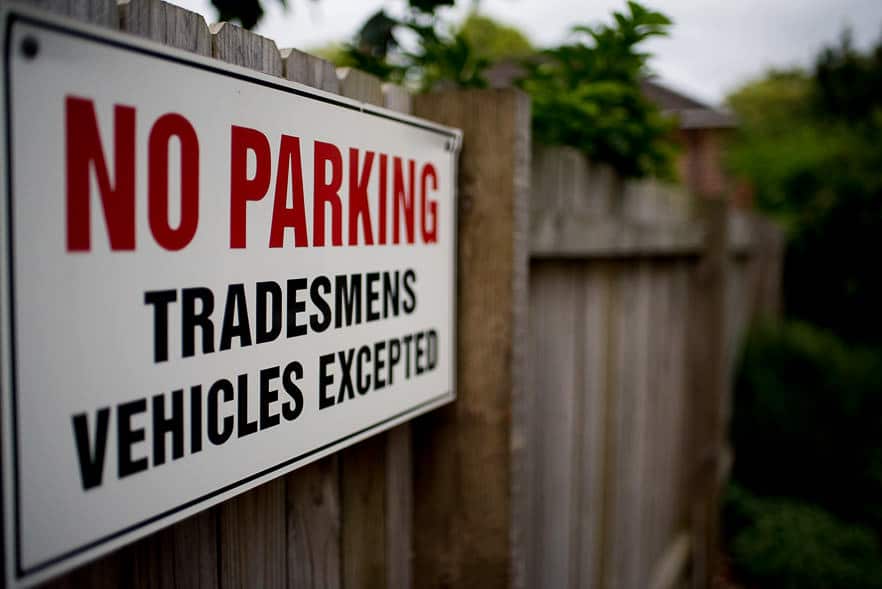
Nikon D750 + Nikon 35mm f/1.8G ED | 1/1200 @f/1.8 ISO1600
Whilst the bokeh produced by the Nikon 35mm 1.8G isn’t distracting, it definitely has a crisper look to it than the 1.4 lens.
The Nikon 35mm f/1.8G contains a single Extra Dispersion (ED) lens element that is typically used on higher end Nikon lenses to boost sharpness and contrast.
The images taken with the Nikon 35mm 1.8 are actually sharper than those taken with my Nikon 35mm f/1.4G.
It’s actually common for f/1.8 lenses to be sharper than f/1.4 lenses since the goals of the lens during manufacturing are different.
Pro-grade f/1.4 lenses are made to produce a more aesthetically pleasing image than one that is simply razor-sharp, and many argue that pro lenses with large apertures create images with character that is hard to define.
Having said this, I still love the image quality and character of this little Nikon 35mm 1.8 lens!
There’s no doubt that the Nikon 35mm f/1.4G produces a nicer image than the Nikon 35mm f/1.8G ED, but we knew that already. What this comparison is trying to show you is how good a job the Nikon 35mm f/1.8G can do, for less than half the price of its big brother.
Oh yeah, and the flare from the Nikon 35mm f/1.8G when you start to really stop down the aperture is a lot of fun too. Who needs nano-coating?!
4. Nikon 35mm f/1.8G ED Sample Images
Check out these sample images taken with the Nikon 35mm f/1.8:

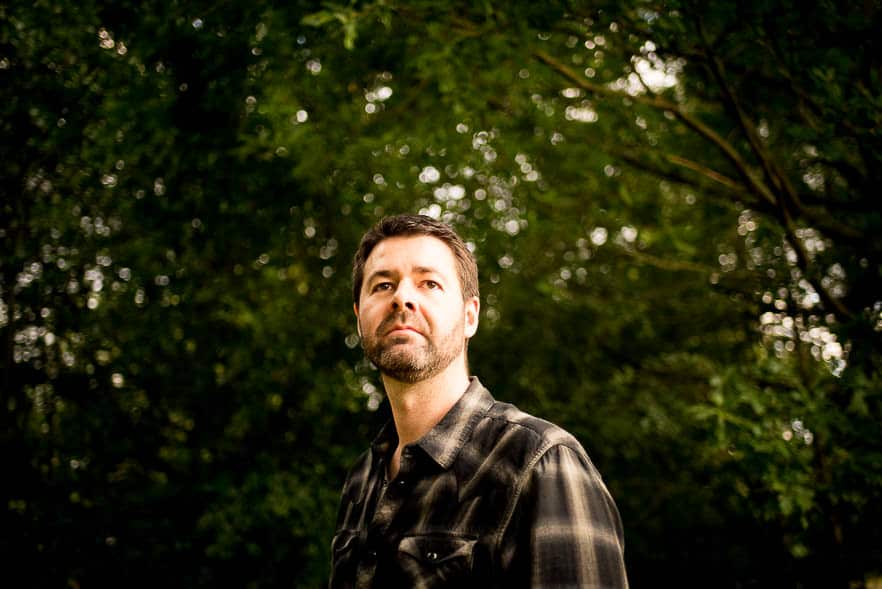

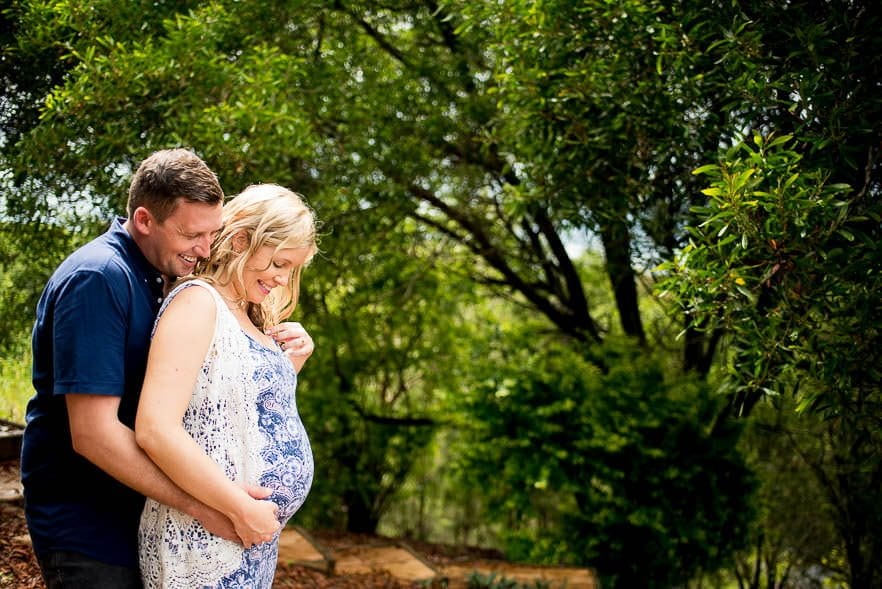
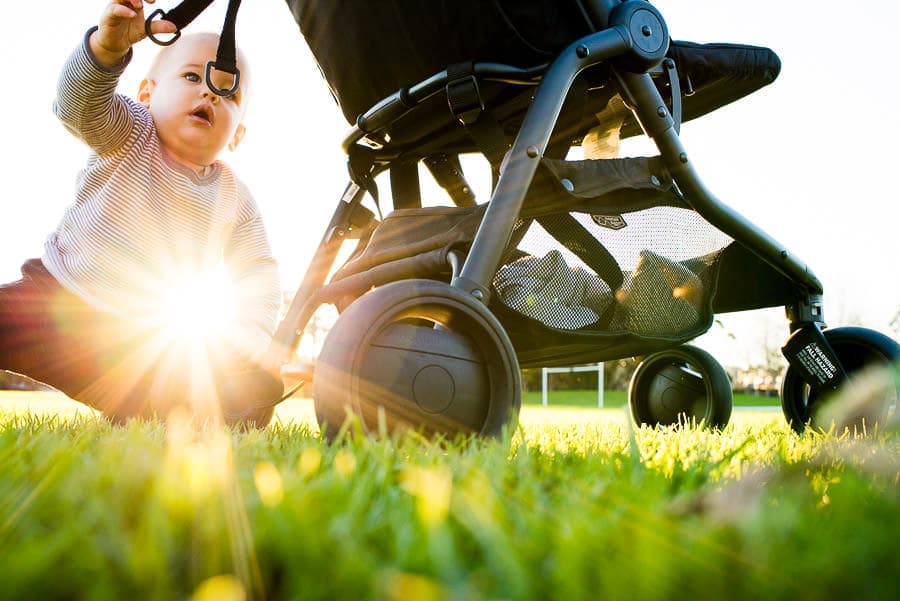
5. Autofocus Performance
It’s also common for f/1.8 lenses to focus quicker than f/1.4 lenses, thanks to a much lighter lens element. This is also the case with the Nikon 35mm 1.8, which can go from close focus to infinity faster than the Nikon 35mm f/1.4G.
Thanks to the AF-S silent wave motor, the autofocus on the Nikon 35mm 1.8 is barely audible. This is the same with the more expensive Nikon 35mm f/1.4G.
Other Nikon AF-D lenses such as the Nikon 35mm f/2D are often quite loud in the focusing department, so the AF-S feature is a welcome addition to those wanting to use the lens in churches and other locations where noise may be an issue.
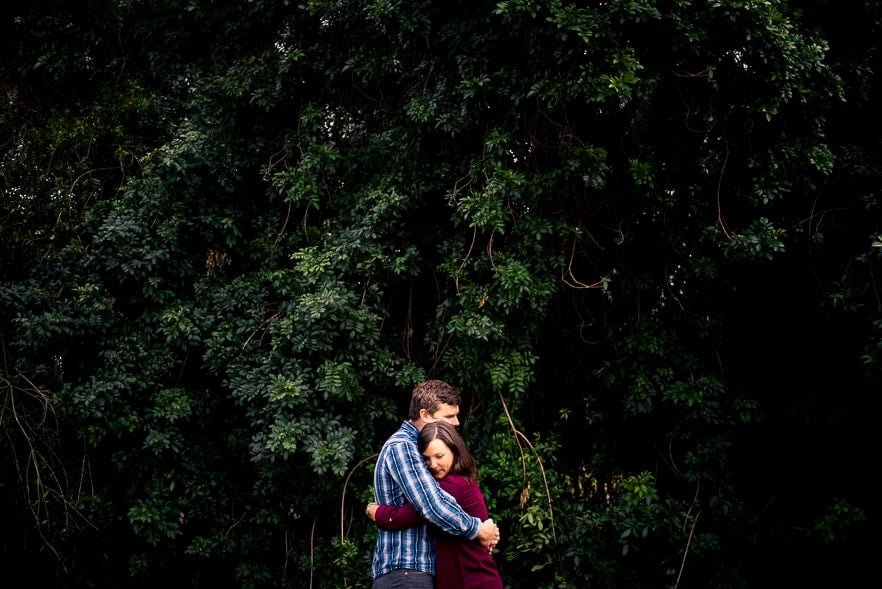
Nikon D750 + Nikon 35mm f/1.8G ED | 1/1000 @f/1.8 ISO250
Both the Nikon 35mm 1.8and the Nikon 35mm f/1.4G were on par for me in actual autofocus performance, with both lenses being able to lock on to a subject in low light with relative ease.
6. Price
This one’s an easy comparison. The f/1.8 version is much cheaper than the f/1.4.
Final Words
I was pleasantly surprised with the performance of the Nikon 35mm 1.8, finding it to be a very handy, lightweight and sharp lens. It’s optically and ergonomically superb, and the perfect backup lens for my work horse Nikon 35mm 1.4G.
I also recommend the Nikon 35mm 1.8 as the perfect everyday lens for your FX Nikon dSLR, encouraging you to practice at a familiar focal length with the camera you use to earn your living.
I even included it in a list of what I consider to be the best Nikon camera lenses for all-round use.
If you’re keen to get the best image quality by using your pro-grade camera, but don’t want the burden/risk of using your pro-grade 35mm lens, the Nikon 35mm 1.8 is the perfect compromise.
When I’m not shooting weddings, the Nikon 35mm 1.8 will be on my Nikon D750 100% of the time.
If you own a DX (cropped sensor) Nikon, I’d advise you to save some money and go for this Nikon 35mm f/1.8 DX which is equally excellent.

Exellent value for money lightweight prime lens that delivers sharp, contrasty images, blurring the background beautifully.













